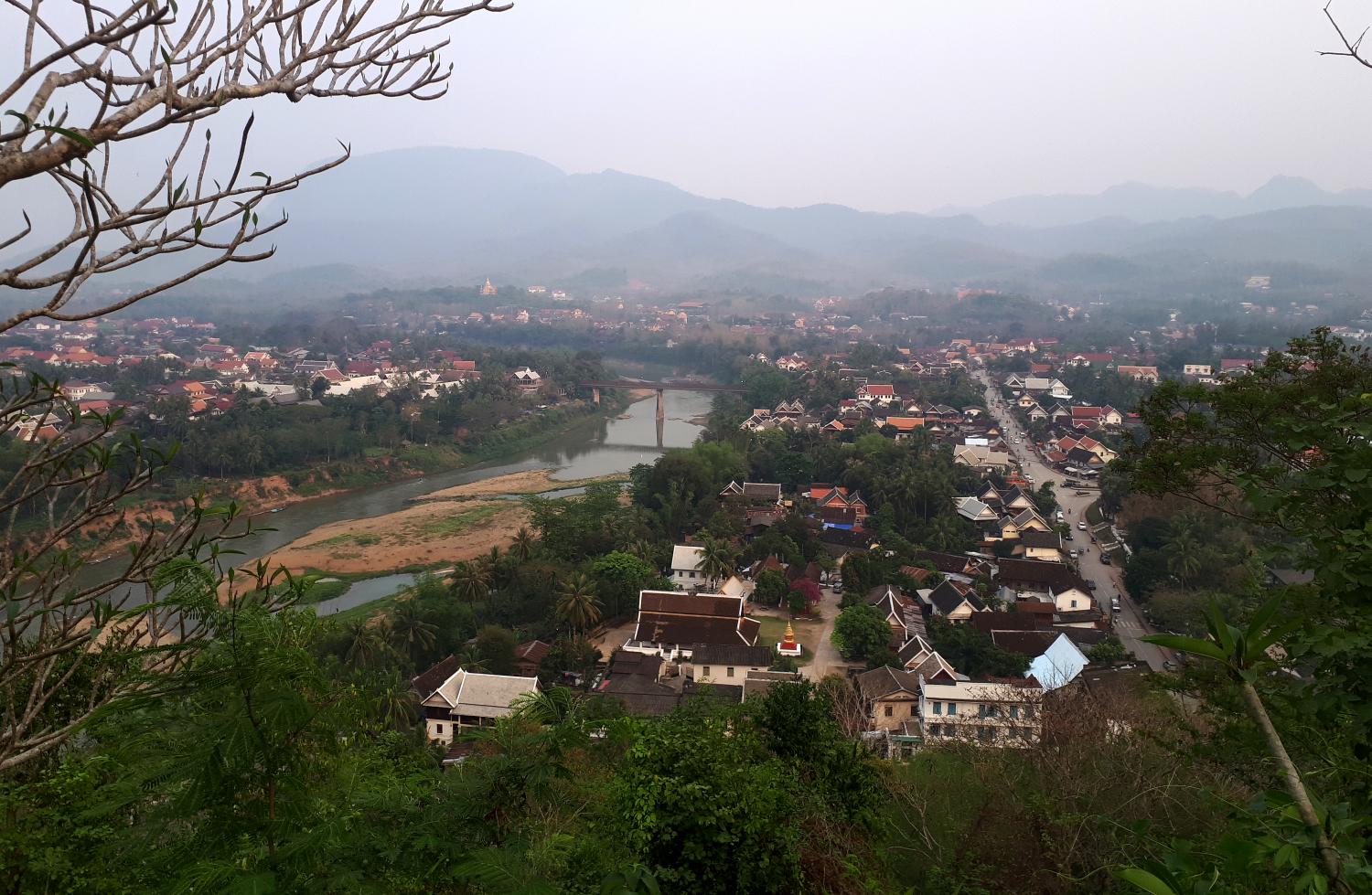
The Lao government is intent on building a dam on the Mekong just upstream of the country’s old royal capital. Despite the project having undergone design work, environmental impact assessment and a prior consultation process managed by the Mekong River Commission (MRC), no heritage impact assessment has been carried out to date — despite requests by Unesco’s World Heritage Centre dating back as far as 2012 that the Lao government should do so. Ahead of next month’s World Heritage Committee meeting in China, of which Thailand is a current member, Unesco has asked that no construction work go ahead on the dam until a full heritage assessment has been completed.
In fact, Luang Prabang — the ancient capital known for its rich traditional architectural heritage and peaceful environment — has already been impacted by the next dam downstream, at Xayaburi. Luang Prabang’s river frontage is gone, and the old royal capital is now essentially a lakeside town at the tail end of the Xayaburi reservoir. Only when the reservoir levels are two to three metres below the full supply level does water flow past Luang Prabang in a natural manner. But maintaining such lower levels would mean sacrificing power output and hence profits by the dam developers — the same consortium proposing to build the Luang Prabang project.
Meanwhile, the proposed Pak Beng Dam and the existing cascades of seven dams on the Nam Ou River and three on the Nam Khan River — all of these Chinese-owned — mean that the last remaining reach of unponded river lies between the confluence of the Nam Ou above Luang Prabang and the next dam upstream at Pak Beng. The reservoir created by the Luang Prabang Dam would inundate all but about 5 kilometres of this remaining stretch.
There are several key heritage risks to Luang Prabang town over and above those identified in existing studies. The town’s heritage value is not just in its in-situ architecture. Rather, it lies in the unique and inter-connected cultural and natural landscape in which it is situated.
Loss of riverscape, of fisheries, of river bank gardens and of river-edge rural communities through the change from flowing to ponded river would leave the town high and dry in a cultural and visual sense as well as literally. Permanent inundation of key cultural sites, such as Don Sai Mongkhon island, where annual New Year festivities were previously held, has already eroded cultural values. Extending these impacts for tens of kilometres upstream would remove the last vestiges of the rural way of life that both supports and complements Luang Prabang’s townscape.
A further issue raised in studies is the risk of earthquake-induced dam failure, which would have catastrophic effects on the whole town. Laos has experienced the devastation of dam failure at Xepian Xenamnoi in 2018 and two smaller dam collapses. While it classifies the Luang Prabang Dam as an “extreme risk” project, the Mekong River Commission’s technical review of the proponents’ submissions to the project concludes that modelling suggests that seismic risks are at an acceptably low level. Other experts are not so sure, including leading Thai geologist Punya Churasiri. At the conclusion of the dam’s prior consultation process in 2020, both Vietnam and Cambodia officially requested further investigation into dam safety issues. Thailand remained silent on the matter. The Lao response was that the project design already meets international standards.
In fact, there are tw x o issues with respect to dam safety. The one that gets more attention is the science-driven risk assessment. But also important is the experiential nervousness imposed on Luang Prabang’s residents and visitors of having the Lower Mekong’s tallest structure holding back several hundred million cubic meters of water situated just 25km upstream, in a zone deemed to be of moderate to high seismic activity.
With its huge electrical power reserves, Thailand does not need energy generated by the Luang Prabang Dam. The Lao government would like the nominal gross domestic product and investment growth generated by the project. Planning is well-advanced, but it is not too late to take a cautionary step. Without a signed power purchase agreement between the developers and the Electricity Generating Authority of Thailand, development cannot go ahead, since Thailand would be the main buyer of electricity generated by the dam.
The ball is therefore squarely in Thailand’s court, with a decision to be made — plunge ahead with undue haste and risk the heritage of one of Southeast Asia’s most magnificent cultural and natural sites, or hold back until Unesco can conduct a heritage assessment. The latter and wiser course will help determine whether the costs and risks are too high in wrecking not only a river but also one of the region’s, Buddhism’s and the world’s cultural and natural jewels.
Philip Hirsch is Emeritus Professor of Human Geography at the University of Sydney.
